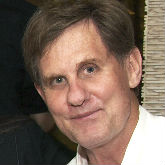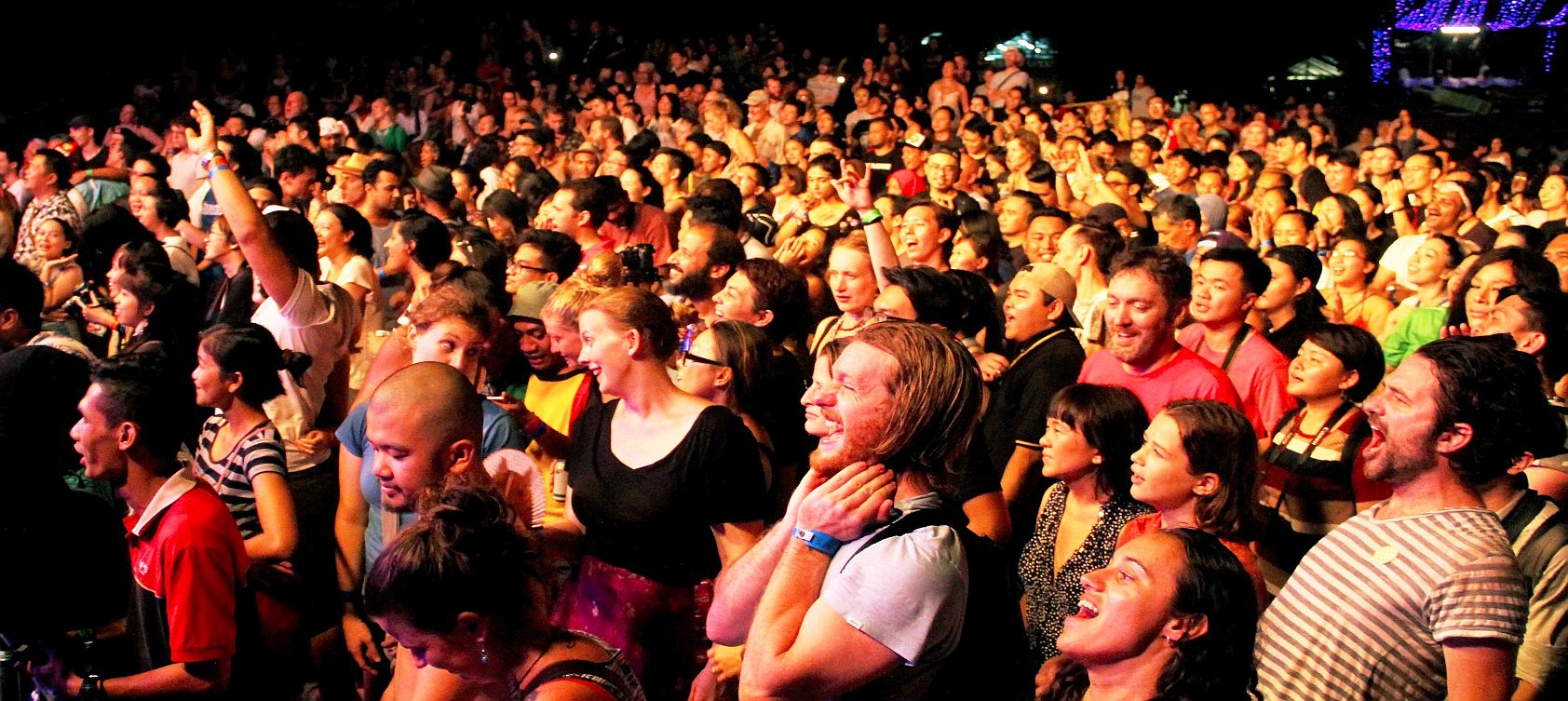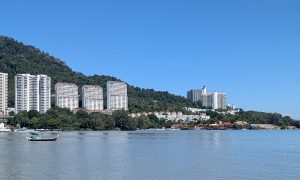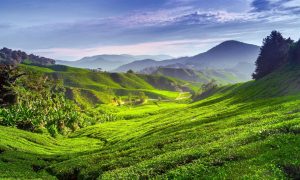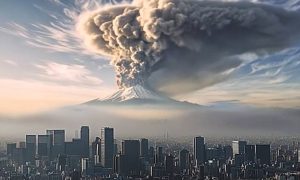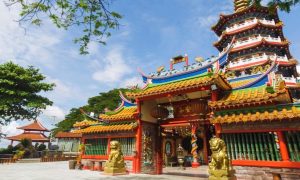Despite years of international acclaim, not a note of Malaysia’s Rainforest World Music Festival 2025 made Tripadvisor’s top lists this year — but perhaps that’s just as well. Held beneath Sarawak’s rainforest canopy and rooted in culture, this beloved event delivers more than just a concert — it’s a celebration of music, heritage, and nature at their most magical.
Located between the South China Sea and the forest-clad slopes of Mount Santubong, the Rainforest World Music Festival (RFWMF) unfolds from June 20-22 in one of Southeast Asia’s most inviting semi-natural settings.
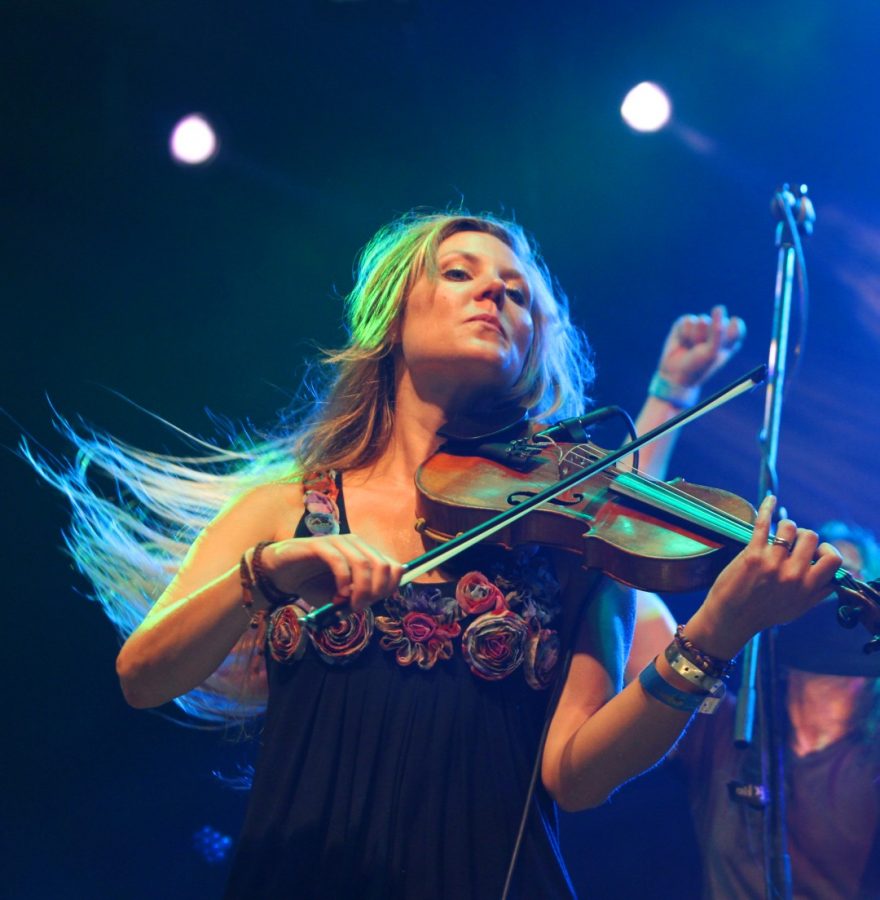
Damai, just one hour from Kuching, the Sarawak state capital, is the venue for this internationally acclaimed music festival that brings together musicians from around the world to perform, collaborate and connect within the grounds of the Sarawak Cultural Village, a living museum dedicated to the state’s diverse indigenous communities.
Introduced to the world of music in 1998 by the Sarawak Tourism Board, the festival was conceived as a platform where traditional and contemporary music could play in unison. In its earliest iteration, it drew a few hundred devotees, most of them locals, but today, it attracts some 20,000 concertgoers over the extended weekend.
The festival also aims to promote the state as a tourist destination while providing a platform for the locals and an increasing number of tourists to enjoy themselves. It provides the opportunity for the rhythm and beat of local Sarawakian music to combine harmoniously with that of global musical genres.
The purpose-built cultural village provides a unique venue, as it enables Sarawak’s living cultural traditions to be celebrated during the festival and throughout the year.

What distinguishes the festival isn’t just its global reach, but the way it blurs musical boundaries between genres, cultures and nationalities. Performances take place on two open-air stages backed by forest, as well as workshop performances during the day within traditional Bidayuh and Iban longhouses of the cultural village.
Throughout the festival, the music could range from Bornean sape (a local lute-like instrument) to Iranian Sufi dancers, also known as whirling dervishes, Baltic folk, Tuareg rock, Afrobeat and experimental percussion. This year, artistes come from all over Malaysia and countries as geographically spread as the United States, Japan, Thailand, Guinea, Indonesia, Colombia, and Morocco.
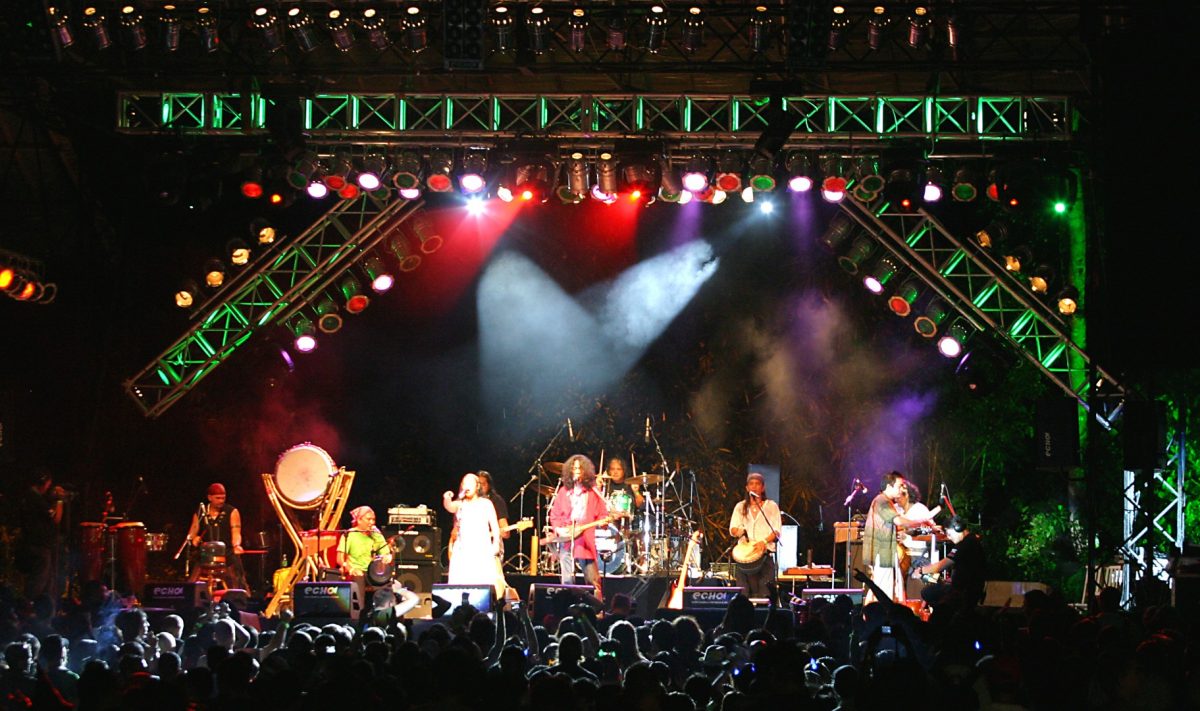
CARNIVAL ATMOSPHERE
To many, the heart of the festival lies not only in the evening concerts but also in the daytime workshops. These informal, often impromptu sessions are a hallmark of the festival, as small-scale gatherings include musicians exchanging techniques, improvising together, and exploring cross-cultural dialogues in front of curious, often participatory audiences.
These afternoon workshops are especially popular with young children, who have the opportunity to learn more about the range of instruments being played as well as to participate in various energetic and educational activities. Afternoon drum circles are another participatory activity where almost anything becomes a percussive instrument.
The festival ambiance is relaxed, reflective of the tropical environment and Sarawak’s casual pace of life. Festivalgoers stroll through the lakeside village grounds, take breaks in traditional houses, and sample local dishes served in the many food and beverage stalls.
The atmosphere is communal and open, shaped more by cultural curiosity than commercial opportunism. Despite its international appeal, the festival has maintained a distinctly local character, showcasing Sarawak’s musical heritage not merely as an aside but as one of the pillars of the event.
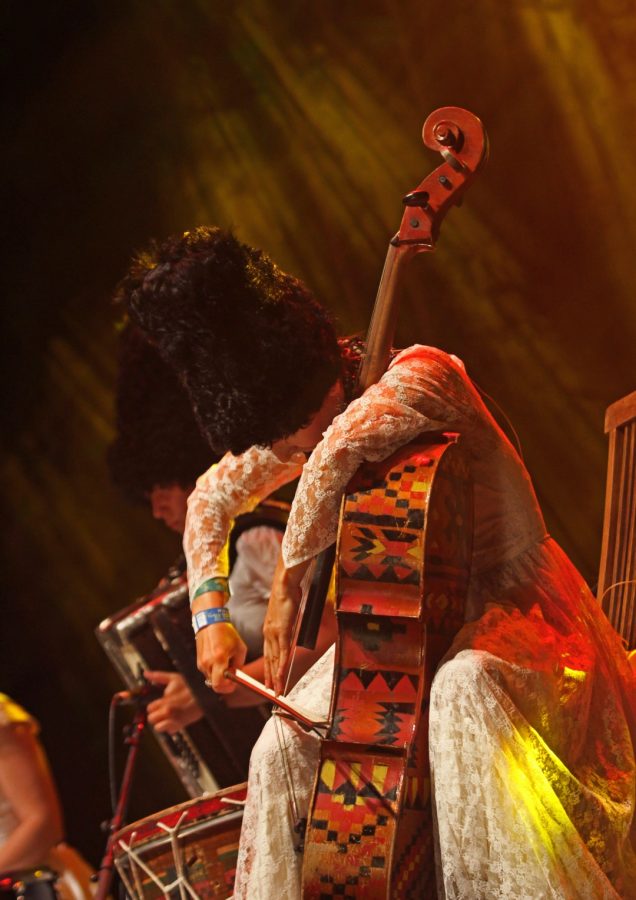
CONCERT CENTRAL
Most evenings commence with local Sarawakian music and end with a well-known international performer or group. The festival supports the continuation of the music and culture of Sarawak’s ethnic communities. Each festival includes local Sarawakian music, and there is always the sound of a sape (a lute-like instrument) to be heard.
It’s probably fair to say that not all the music is appreciated by everyone, all the time. However, regular concertgoers admire the festival’s artistic direction and the fact that it is prepared to take the occasional risk with the musicians who are invited to perform.
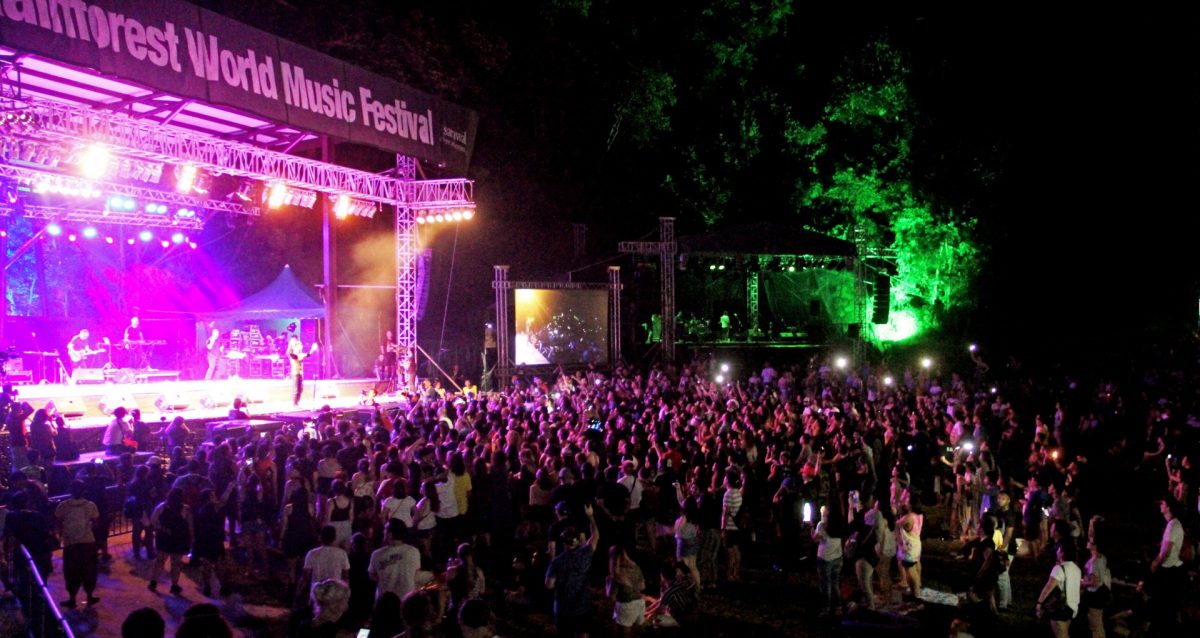
While the music is the primary reason for attending the festival, I’m convinced it really doesn’t matter who’s performing, as the musicians are all superb and often the best in their specific field of music.
During the weekend, the Sarawak Cultural Village will resound to the infectious beat of world music. Guest numbers are capped for crowd comfort, and festivalgoers sprawl over the extensive site, with many happy to relax around the lake while watching the performances on conveniently located big screens. This is usually tested on Saturday evenings when the crowd peaks as everyone clambers to enjoy the liveliest performers. The final act on the last night is taken by the most upbeat group, which usually whips the crowd into a frenzied state of excitement.
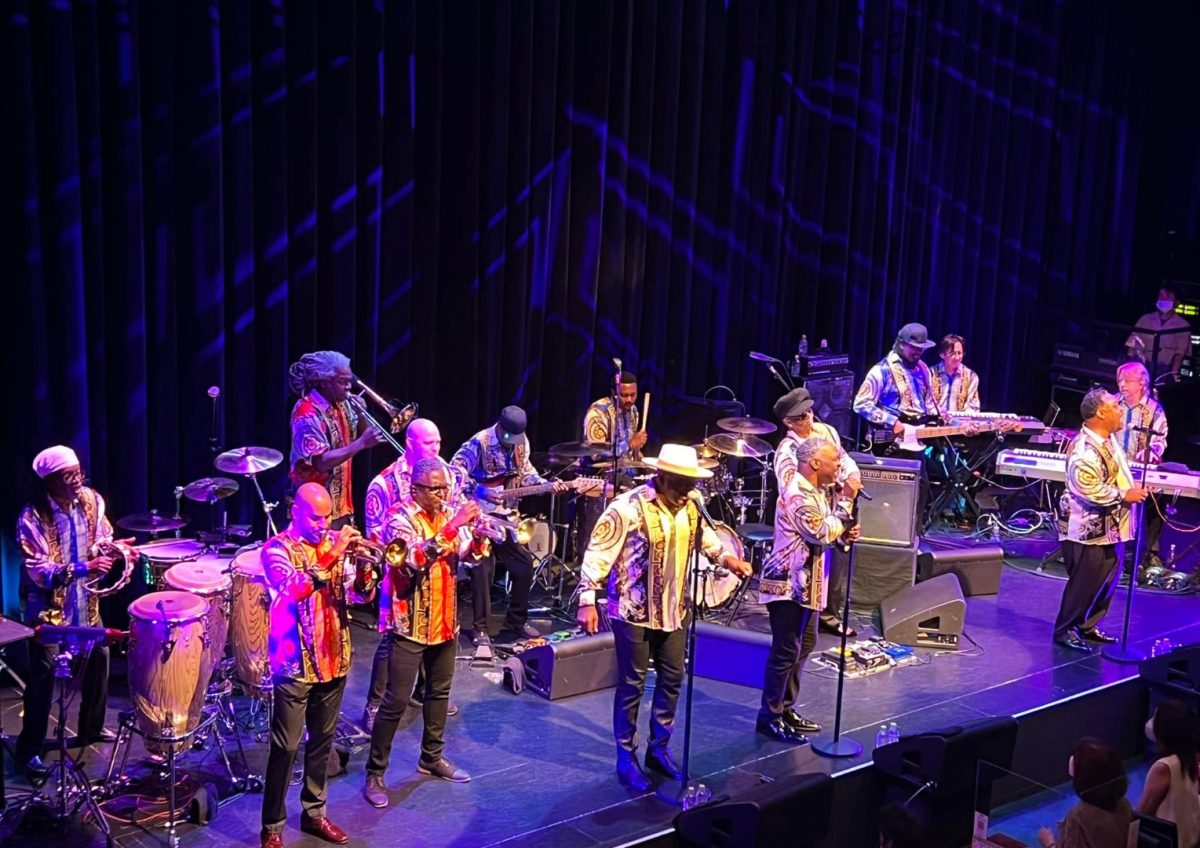
This year, the headline act is Earth, Wind and Fire Experience by Al McKay. Earth, Wind and Fire (EWF), formed in 1969 by Maurice White, revolutionised music by blending jazz, soul, funk and R&B into a harmonious fusion. Their innovative sound, characterised by dynamic horn arrangements and spirited lyrics, resonated with audiences around the world. Hits like ‘Shining Star’ (1975), ‘Serpentine Fire’ (1977), ‘September’ (1978), and ‘Boogie Wonderland’ (1979) created a niche for the band in music history. The band’s energetic performances and commitment to unity and joy earned them six Grammy Awards and induction into the Rock and Roll Hall of Fame in 2000.
Al McKay, a key member from 1973 to 1981, contributed significantly to the group’s sound. As a guitarist and songwriter (he co-wrote ‘September’ and ‘Boogie Wonderland’) he helped create the group’s distinct style. His current band focuses on presenting and maintaining EWF’s well-known songs, along with engaging the audience through exciting visuals and superb musicianship. Touring members continue to inspire and unite global audiences, ensuring that the band’s spirit endures for generations to come.
DESTINATION DAMAI
Set just one hour from Kuching, the festival’s location makes it accessible without sacrificing its sense of escape. Traffic is especially heavy on Saturday evenings, so festivalgoers from Kuching should use the shuttle bus services.
Adventurous visitors can combine their trip with excursions to Mount Santubong or dolphin cruises along the mangrove-lined Santubong River. While I have not yet conquered the summit, I have cruised along the river and can highly recommend it, although the Irrawaddy Dolphin is not known to breach the surface, so you need to be alert to locate them.
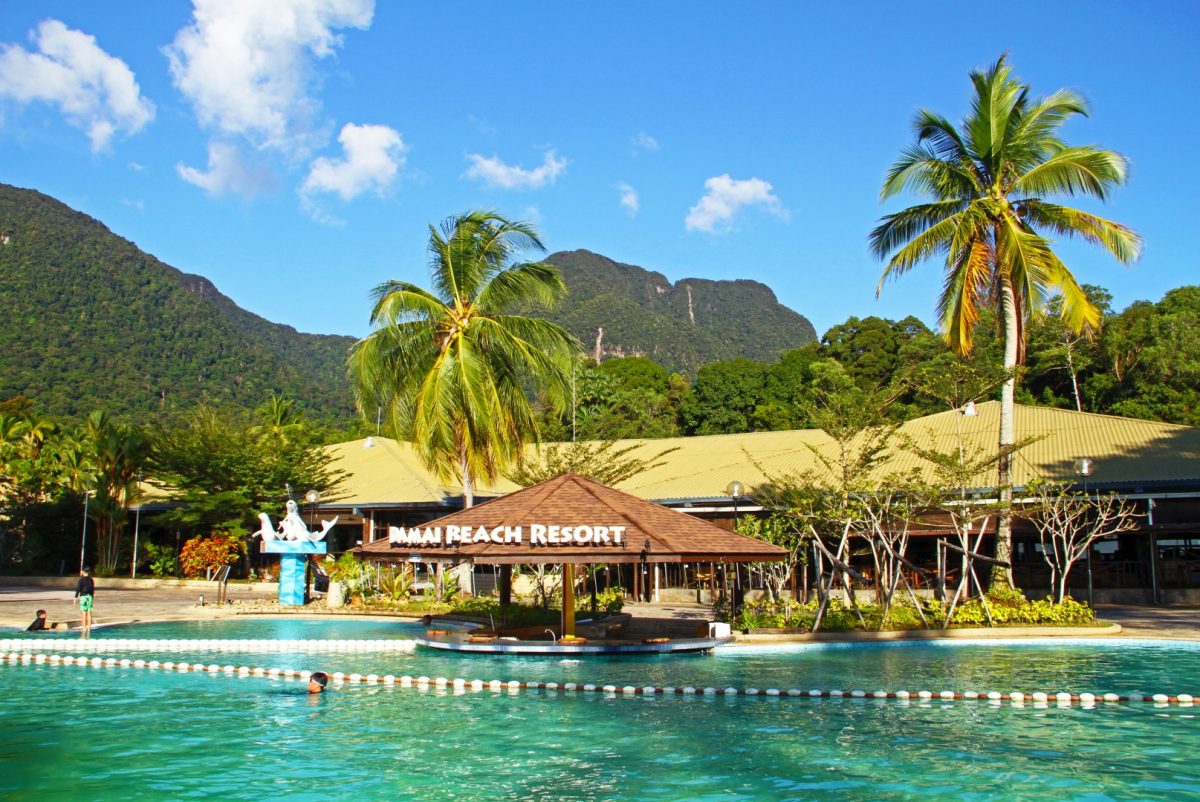
Damai Beach Resort often gets booked out early since it is popular among bands and concert officials. Cove 55 is an exclusive retreat some 20 minutes from the site, but that too normally gets booked out well in advance. Most festivalgoers stay in Kuching and commute each day to the cultural village.
MUSIC WITHOUT BORDERS
With a festival lineup of global musicians, world music has no geographical boundaries; it is music without borders. This year, concertgoers will be able to listen to and appreciate musicians such as the legendary Earth, Wind and Fire Experience by Al McKay, Seppuku Pistols (Japan), Paradise Bangkok (Thailand), N’famady Kouyate (Guinea), Kuntaw Mindanao (Indonesia), and more than a dozen other exciting local and international performers.
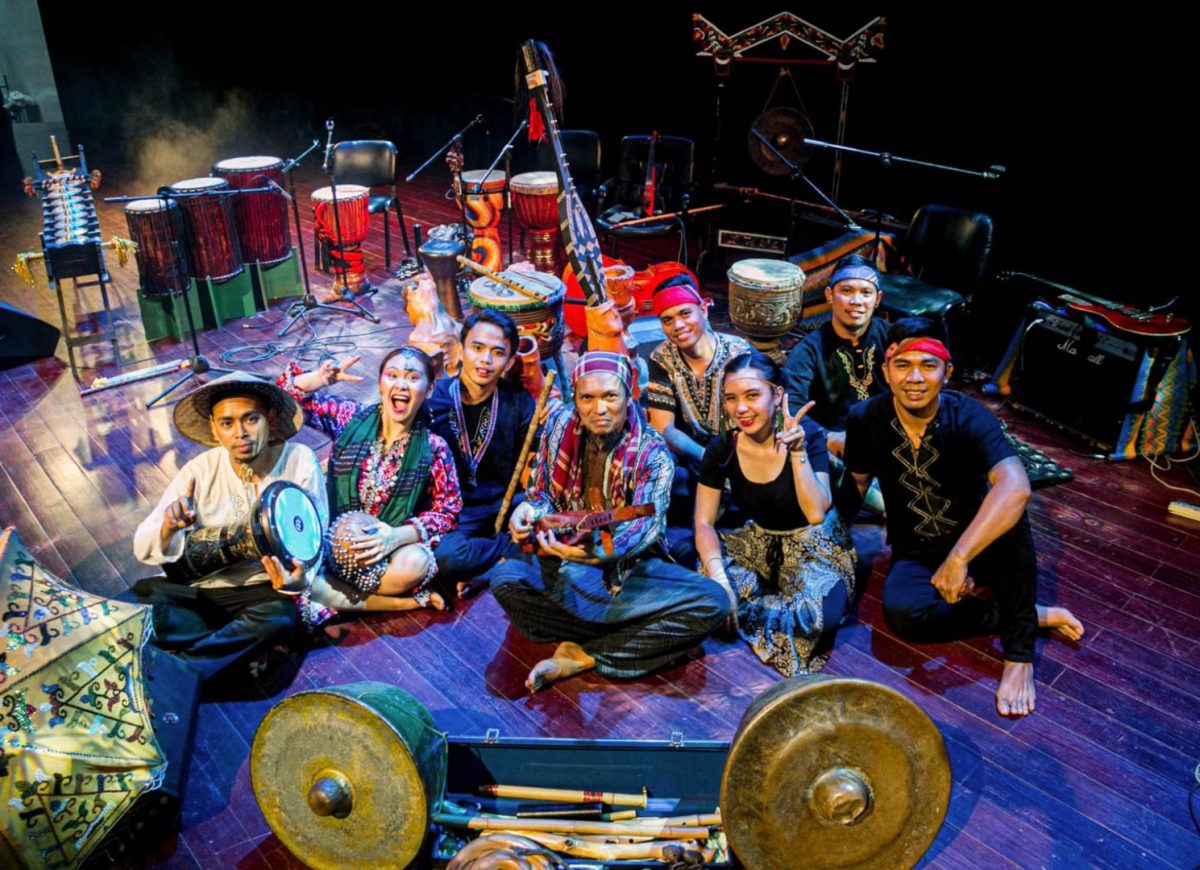
The festival has become much more than a musical event as the international world music performers complement the music from Sarawak. In doing so, the festival adds value to the state’s traditional music and provides an avenue for young Sarawakians to continue the music of their elders. While world music is a genre that has a past, it also has an important role to play with current and future generations of Sarawakians and other indigenous groups from around the world.
Now over two decades old, the festival has become one of Asia’s most respected music festivals. While artistic directors tweak the musical genres each year, it remains committed to its original vision, connecting people through music, in a place where rainforest and rhythm are deeply intertwined.
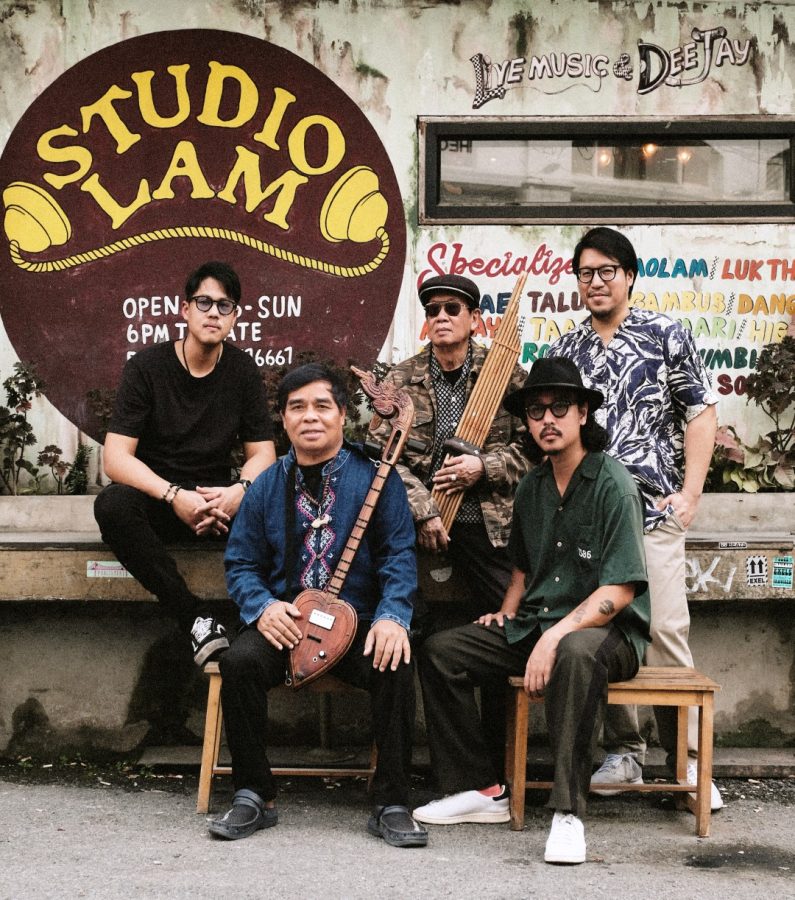
Contact: Rainforest World Music Festival (rwmf.net) and Sarawak Tourism (sarawaktourism.com). Tickets should be purchased well in advance via the festival website.

